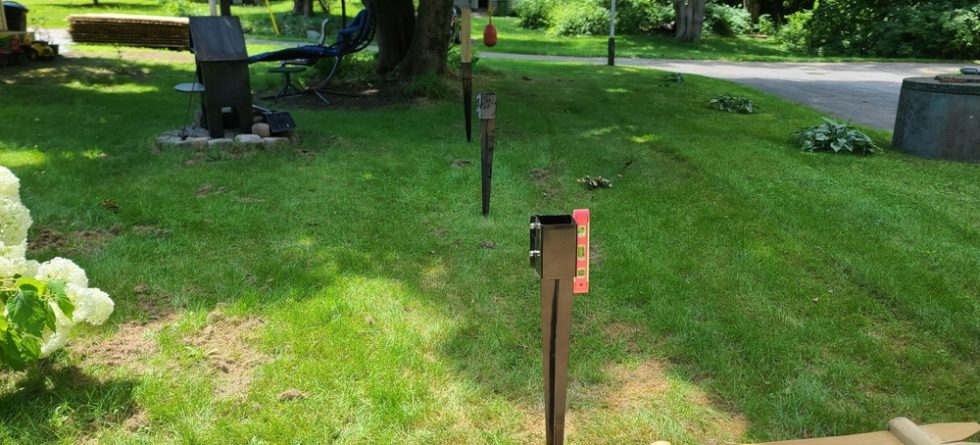The clearance needed for a vinyl fence primarily depends on the specific installation requirements, local building codes, and the fence manufacturer’s recommendations. However, here are some general guidelines to consider for typical vinyl fence installations:
- Ground Clearance: The bottom of the fence panels should typically be installed a few inches above the ground to prevent direct contact with soil and moisture. A ground clearance of 2 to 5 inches is common, but the exact clearance may vary depending on factors like local conditions, frost line depth, and drainage considerations.
- Clearance from Structures: Maintain a clearance from any existing structures, such as buildings, walls, or other fences. A typical recommendation is to keep the fence panels at least 2 inches away from nearby structures to allow for proper air circulation and maintenance.
- Gate Clearance: Ensure that gates have sufficient clearance to open and close smoothly without obstruction. The amount of clearance needed depends on the gate’s width, hardware, and swing direction. Typically, gates require clearance equivalent to the width of the gate itself plus additional space for hinges and latches.
- Slope or Grade: If your yard has slopes or changes in terrain, it’s important to accommodate the terrain while maintaining a consistent fence height. This may involve adjusting the fence’s height or stepping the fence panels to follow the slope.
- Local Codes and Regulations: Always check with your local building department or municipal authorities for any specific requirements related to fence clearance, setbacks, or easements. Local codes may vary, so it’s important to comply with the regulations in your area.
- Manufacturer’s Guidelines: Follow the manufacturer’s installation guidelines and recommendations provided with your vinyl fence materials. Manufacturers often provide detailed instructions on proper installation, including clearance requirements.
- Consult with a Professional: If you have any doubts or concerns about clearance requirements for your vinyl fence, it’s advisable to consult with a professional fence installer or contractor. They can assess your specific situation, ensure compliance with local codes, and provide expert guidance on proper installation.
Keep in mind that accurate measurements and proper installation are essential for the longevity and functionality of your vinyl fence. Following the manufacturer’s instructions and any local regulations will help you achieve a successful and compliant fence installation.

